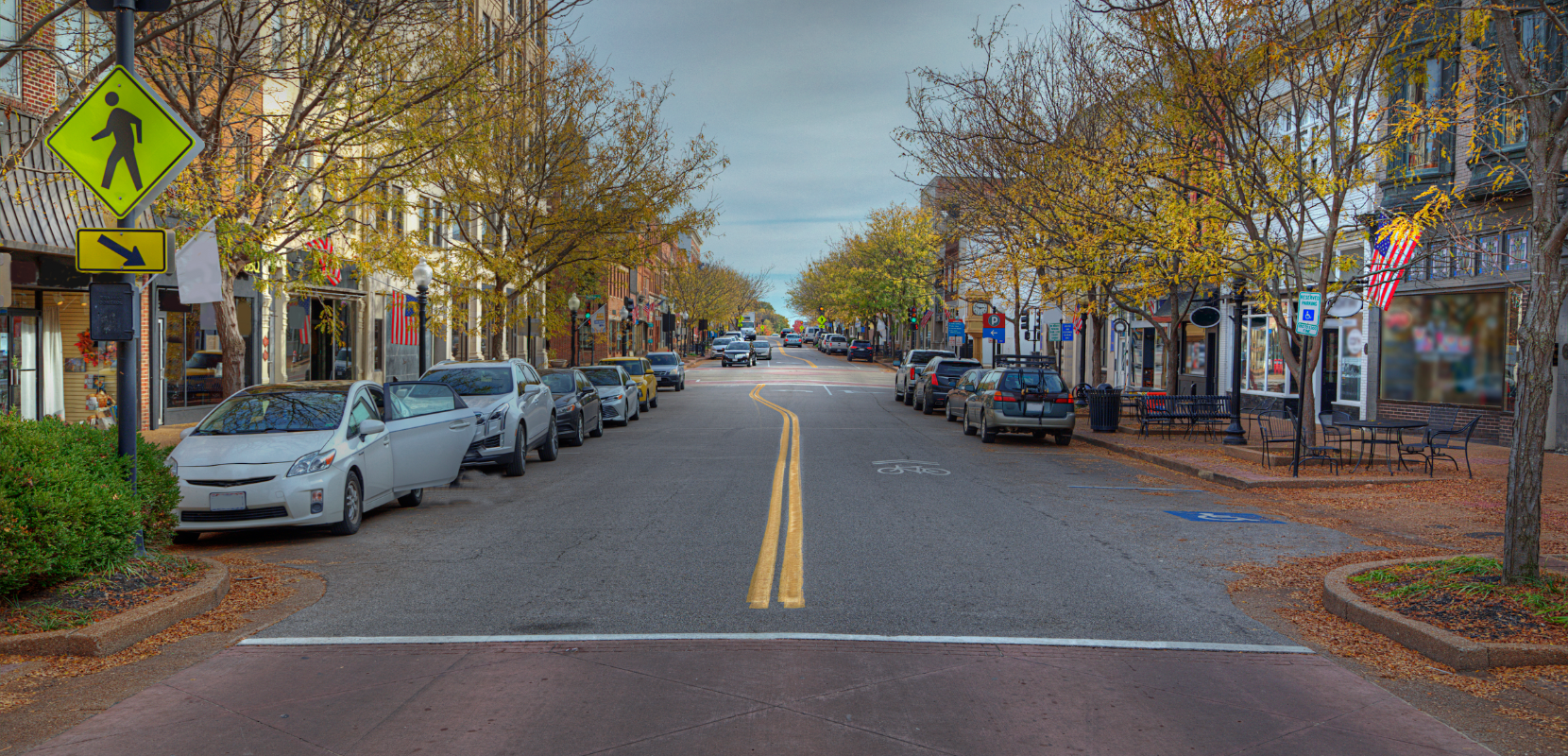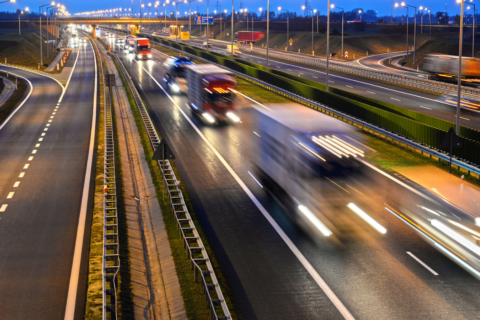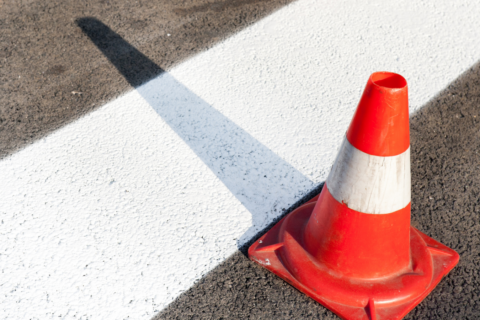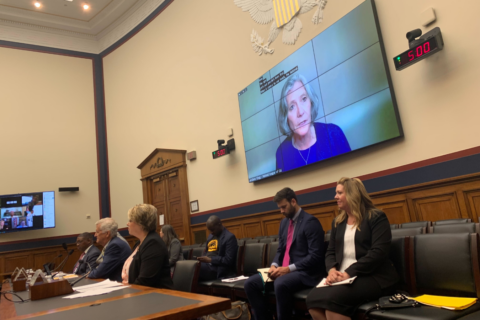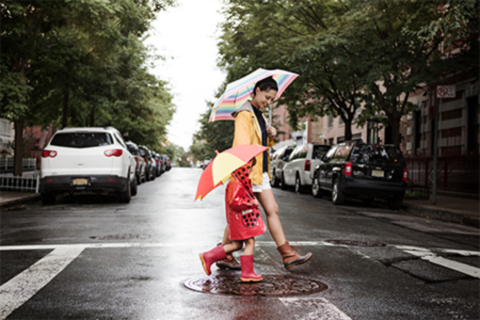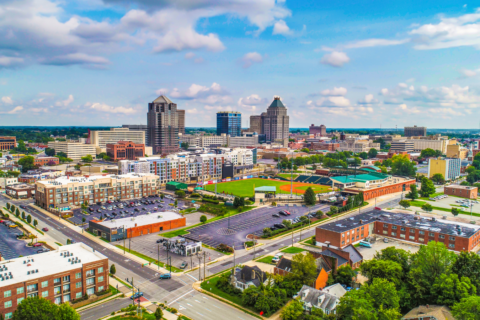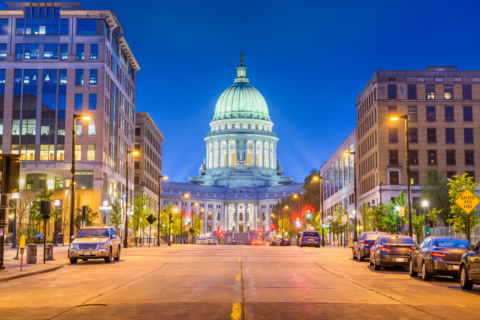America loses more than 100 people each day in traffic crashes. To change these tragic numbers, cities, towns and villages can act individually and with our partners to save lives. Learn more about how your community can take action.
Apply for a Safe Streets Transportation Grant
The U.S. Department of Transportation’s (USDOT) new Safe Streets and Roads for All (SS4A) grants are the largest local road safety program directly from the federal government to local governments. The SS4A program will provide $5 billion in local grants to prevent roadway deaths and serious injuries over the next five years through the Bipartisan Infrastructure Law. In 2022, USDOT took applications from cities, towns and villages for up to $1 billion in grants, and future rounds of funding are expected annually.
Eligible activities with SS4A grants include both grants for planning projects and for infrastructure projects. This means that even if your city is just getting started, SS4A can be a good fit. Here are examples of what a community could do with a grant:
- Build a Plan: Develop or update a “Comprehensive Safety Action Plan” or Action Plan (e.g., Vision Zero), or if your city already has a road safety plan, begin planning, designing or developing activities that support your city’s Action Plan.
- Improve an Area: Make roadway improvements that impact a wide range of transit systems such as reconfiguring roads to create bicycle lanes and improve safety features for pedestrian crossings.
- Make Safety Additions: Consider low-cost safety treatments such as installing rumble strips, wider edge lanes, flashing beacons at pedestrian areas and signage along high-crash rural corridors.
- Modify Speed: Prioritize speed management projects that result in calming road design infrastructure and setting appropriate speed limits for all road users.
- Make Safety Clear: Install safety enhancements that create safe pedestrian crossings, sidewalks, additional lighting or for using mobility assistive devices.
- Counter Risky Behavior: Tackle alcohol-impaired driving through education, outreach and publicized sobriety checkpoints on weekends and holidays along key corridors.
- Focus on Kids and Neighborhoods: Create safe routes to schools and public transit stations through activities that lead people to safe road use in underserved communities.
You can learn more about this grant program and how to apply here.
Join NLC’s Safety Challenge
The National League of Cities (NLC) launched a “Safety First Challenge” to build a coalition of cities, towns and villages who want to learn how make their communities safer. The transportation system can be improved to accommodate human mistakes and avoid death and serious injuries when a crash occurs. Cities who take a Safe Systems approach can make a difference. The Challenge is free to join and participants can include city officials, transportation leaders for cities, as well as planners or city grant writers working to secure safety grants who want to hear the latest updates from USDOT on safety and from other cities make safety strides.

To join the “Safety First Challenge,” local leaders from cities and towns will be able to:
- Share their intention to join in the Safety First Challenge using the application form below.
- Make a brief statement of purpose on their road safety goals.
- Commit to take at least one of the following seven Challenge Actions.
Challenge Actions for the “Safety First Challenge”
- Host a transportation safety roundtable with safety stakeholders from all corners of the community – emergency response, healthcare, transit, policymakers, real estate, non-profit groups, and community members, and others – to better understand and address safety needs.
- Gather data related to traffic safety in your communities, with an emphasis on addressing safety risks among disproportionately affected communities, including people walking and biking, seniors, children, people of color, and people in low-income communities.
- Engage in community neighborhood outreach on traffic safety problems and solutions, with an emphasis on the Safe System approach and disproportionately affected communities.
- Begin to utilize NLC and the U.S. Department of Transportation (USDOT) traffic safety resources to formulate and implement a Local Road Safety Plan, conduct and implement a Safety Audit, or initiate participation in the U.N.’s Decade of Action for Road Safety.
- Show what’s possible in the community by piloting a safety demonstration or safety intervention project, while gathering community input and analyzing safety impact.
- Prepare to utilize or apply to the “Safe Streets for All” program from USDOT by establishing a plan, partnerships, or community strategy.
- Pass a local resolution, Local Road Safety Action plan, or other purpose-driven safety commitment that advances additional actions based on the Safe System approach.
Participants in the NLC “Safety First Challenge” will benefit from:
- Intentionally taking steps to save lives and prevent traffic fatalities in your community.
- Engaging in partnerships with safety experts as well as federal, state, regional and non-profit safety efforts.
- Showing local leadership road safety goals both nationally and internationally as the U.N.’s Road Safety Decade of Action begins.
- Preparing your community to leverage federal resources for local road safety, such as the USDOT “Safe Street for All” program and Transportation Alternatives funding.
- Using data to better understand and hone road safety plans and inform state and regional efforts.
- Being highlighted nationally for your road safety efforts and learning from peer communities as NLC highlights city actions on road safety across the country.
- Joining national road safety conversations with federal transportation experts, traffic safety leaders, leading cities and international leaders in road safety.
Local officials focusing on safer streets will save lives, particularly those disproportionately impacted by traffic crashes, and improve safety for our all our residents on our streets and sidewalks.
Additional Resources for Cities on Safety
- Grant Information: Safe Streets and Roads for All Grant Program
- What Is a Safe System Approach? – USDOT National Road Safety Strategy
- Promising Local Practice in Road Safety: A Primer for Safer Streets – featuring Somerville, MA, Kansas City, MO, Greenville, NC, Tampa, FL
- Making Street Safety a Priority in Greensboro
- Putting Safety Strategies to Work in Bellevue
- Tacoma, WA’s Pathway to Achieving Vision Zero
